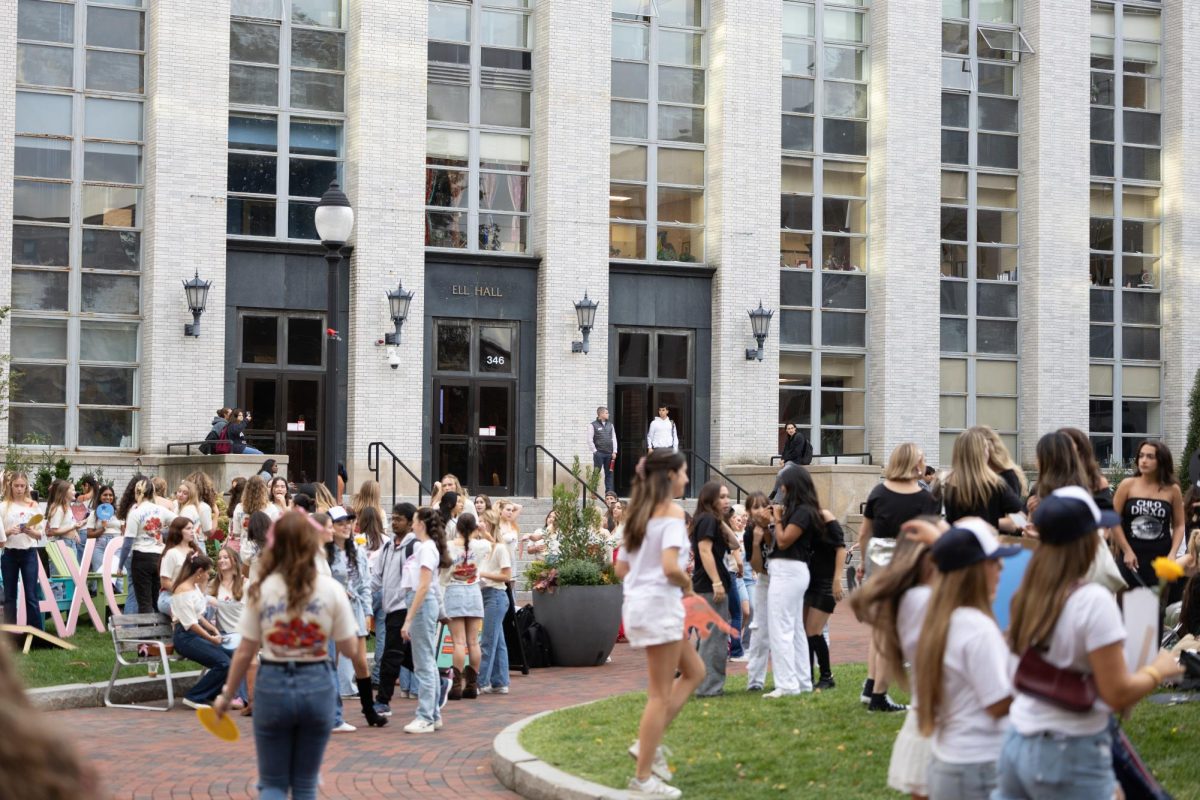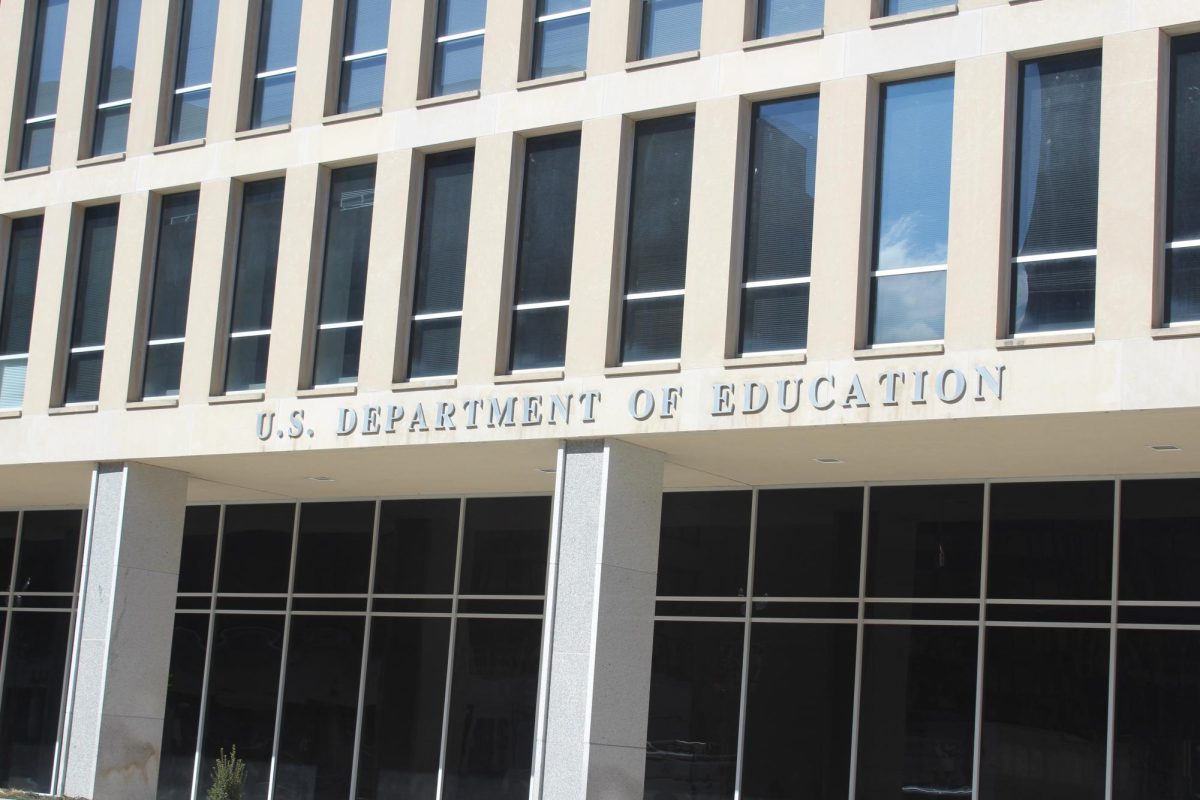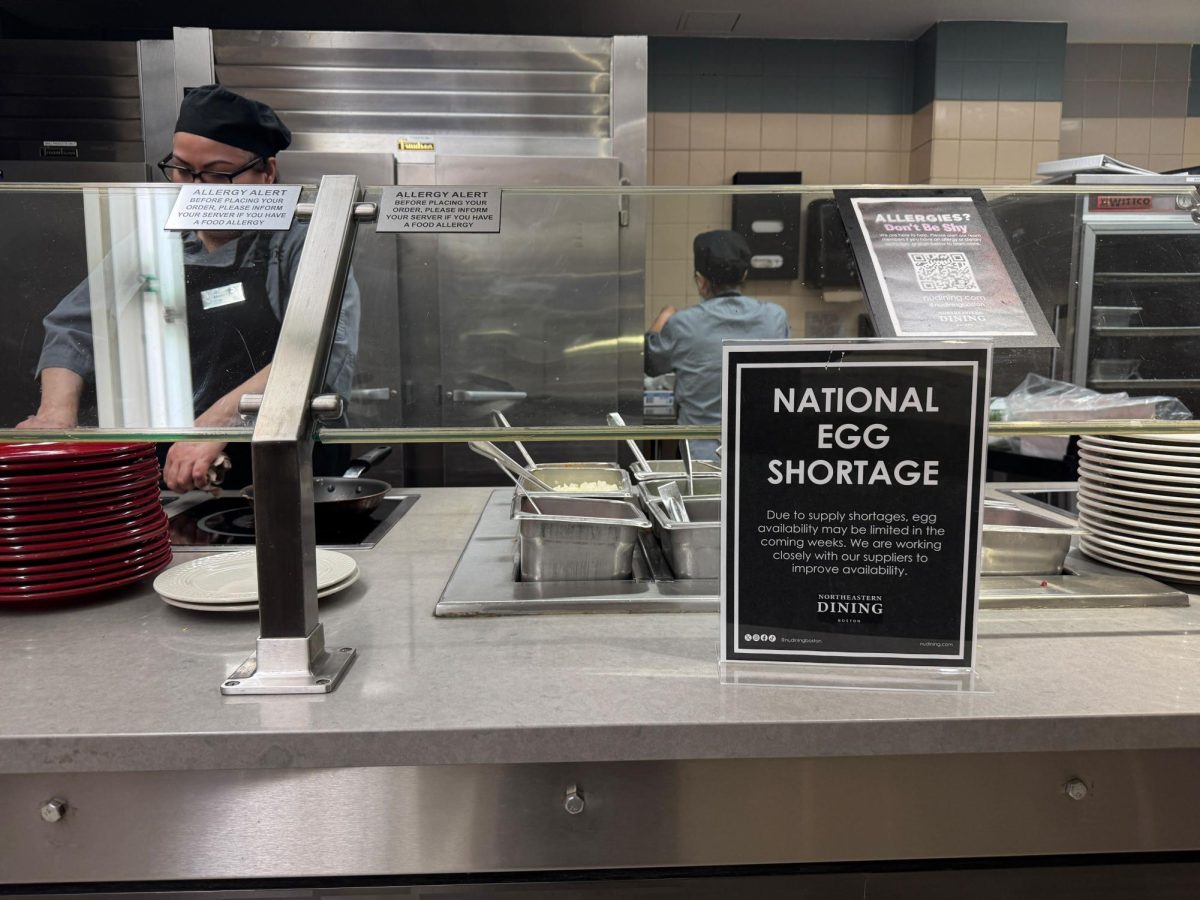By Dinah Alobeid
It is easy to walk down Huntington Avenue and take for granted that the city of Boston designated it the Avenue of the Arts in 1993 and the Fenway neighborhood as the Fenway Cultural District. However, the Fenway Alliance’s new LUMINA project is hoping to bring that image back to light.
The Fenway Alliance is a small, non-profit organization aimed at exposing the Fenway community to what the museums, theaters and other institutions have to offer. Their new project is named LUMINA, because the public artwork will be displayed on canvases hanging on lamp posts.
“We didn’t want to do something traditional. The organization wanted to go in a creative direction, something to call attention to the diverse Fenway community of artists including universities, museums and musicians,” said Stephen Beaudoin, the assistant director of the organization.
The art form itself will be hand-drawn images with a light-emitting diode (LED) backdrop that gives the illusion the images are in constant, yet varied motion.
“We want the moving art to encourage pedestrian flow, and to make people stop and recognize the immense cultural variety in this neighborhood,” Beaudoin said.
The LED stills are taken from a working prototype developed in collaboration with electrical engineer Kevin McCormick.
The images are hand-torn, paper creations personally crafted by artist Ellen Driscoll, which are then transferred onto the LED canvas. The new outdoor strength LEDs, developed by Color Kinetics of Boston, will produce 20,000 hours of light.
On Feb.1, the committee will reconvene with an urban design team to help with the feasibility of Driscoll’s proposed project, in essence figuring out how to bring her drawing board ideas to life.
City councilor Michael Ross serves as the vote of approval on behalf the city of Boston, but Beaudoin said he is “a very enthusiastic part of the committee.”
The project is steamrolling along, receiving several large donations from local organizations.
“Things have really started building in our favor and we have received three grants for funding that will make this contemporary art project feasible; to make the community members aware and appreciative of the cultural riches surrounding them,” Beaudoin said.
The funding for this community-based project has so far come from three contributors: the first $10,000 from the Browne Fund managed by the city of Boston, $30,000 from the New England Foundation for the Arts and the most recent, $15,000, granted by The Lef Foundation, based in Cambridge. This group is associated with funding cutting edge projects with an interest in representing their ideas through new art forms and new media, such as the LUMINA project.
Yet all the planning, choosing and excitement began approximately eight months ago in the upper ranks of the Fenway Alliance.
The project began when the Alliance’s Public Artistic Identifiers Committee sent out word that the organization was looking for any interested artists to apply. From the 40 plus applicants, five finalists were chosen to submit their proposals, which were then exhibited at the Massachusetts College of Art.
“[The five proposals] were diverse and unique,” Beaudoin said, “including such ideas as varied as embedding emeralds into the sidewalk as a representation of the parks making up the Emerald Necklace in the Back Bay and Fenway areas, to attaching doorknobs to lamp posts that when turned, would play a recording stating some historical or artistic fact about culture, visual art, music or history in the Fenway neighborhood.”
Beaudoin described Driscoll, the group’s final choice, as “a seasoned, experienced and technically savvy artist who had the most sophisticated design out of the five finalists.”
Driscoll lives in Cambridge and has worked on many elaborate public art projects, among them the Emerald Necklace Parks in Boston and a huge installation of mechanized sculptures in Soho, N.Y. in 1995, inspired by the 19th-century medical conception of hysteria. Driscoll is also a professor of sculpture at the Rhode Island School of Design.
This project is completely non-profit with the main aim of spreading the wealth of cultural treasures available to the Fenway community in the areas of the Fenway, Back Bay and all along Huntington Avenue.
“There won’t be so much of a literal display, but more of a subtle reflection on the community,” Beaudoin said.









